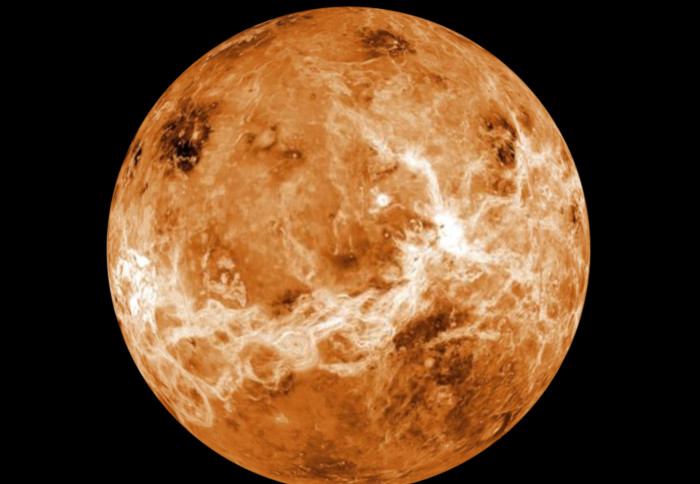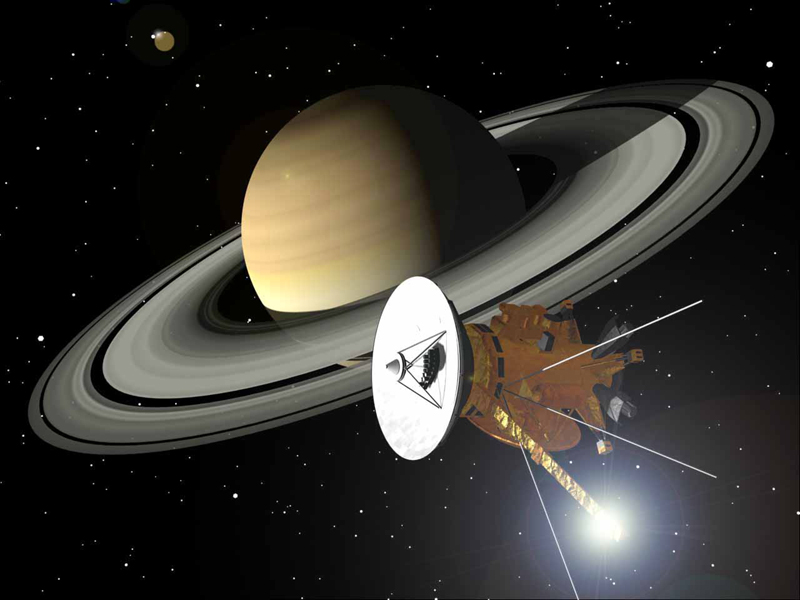Royal Observatory Greenwich

The Royal Observatory in Greenwich Park. You can see the time ball on a tower of Flamsteed House on the right. It was installed in 1833 to provide a time check for ships in harbour and the local citizenry. It still drops at 13.00, but of course people have phones and watches now! [Photo: Discover Britain magazine]
The Royal Observatory, Greenwich, England is part of the National Maritime Museum and a UNESCO World Heritage Site. It represents over three hundred years of both astronomical and maritime history. This is the place where time begins.
An observatory at Greenwich
The observatory was founded by King Charles II in 1675. The king wasn't interested in astronomy per se, but since Britain was a maritime power, he was interested in the problems of navigation.
Greenwich is near the Thames, for centuries London's main highway. Therefore although it was outside London, it was accessible. There was also a site on a hill already owned by the Crown.
The architect was Christopher Wren (Gresham College Professor of Astronomy), best known for designing St Paul's cathedral. However the budget was small and Wren only managed by using the foundation of an older building. As an observatory, being oriented north-south would be an obvious choice, but the existing foundations were about 17 degrees off.
Flamsteed and Flamsteed House
John Flamsteed, whose star atlas would be considered the definitive one for over a century, was the first Astronomer Royal. His salary was meager and there was no allowance for either equipment or an assistant. He actually had to find the funding himself. The building is called Flamsteed House and if you visit it, you can get an idea of what it would have been like in Flamsteed's day.
My favorite room is the octagon room, which is beautifully airy and elegant, though I'm not sure how much observation occurred there. Flamsteed's main telescope was set up elsewhere.
Longitude
Flamsteed got the job because of his studies of the Moon. At the time, it appeared that lunar observations might be the key to the problem of longitude. It's strange to think that it wasn't until the eighteenth century that it was possible for seafarers to know their longitude. If they were out of sight of land, knowing how far east or west they were relied on methods which were only somewhat better than inspired guesswork.
Navigators could work out latitude from the angle of the Sun or the positions of the stars, given accurate sky charts. But there are no such clues for longitude. Eventually, it turned out that the key wasn't astronomy, but a timekeeper that was both accurate and seaworthy. If you can compare your local time with, say, Greenwich time, then you can calculate how many degrees of longitude you are away from it. Every hour of difference is 15 degrees of longitude.
John Harrison was the man who spent many years working to develop such a clock and was finally successful. Harrison's clocks are amongst the interesting artifacts on display in the observatory galleries.
Meridians
A meridian is a line of longitude. Astronomers used them with transit telescopes. The telescope points along the meridian (which can be any meridian) and waited for the Earth's revolution to bring objects into view. Knowing the time of the object's arrival and its angle with the zenith (the point directly overhead), they can calculate accurate star positions. There are actually several meridians at Greenwich because an Astronomer Royal might establish a new one for a new instrument.
George Airy established a meridian in 1851 which is the one where tourists now stand in the courtyard with each foot in a different hemisphere. Airy's transit telescope is also set up along the meridian in the adjoining building.
The Airy meridian is the Prime Meridian for world time. It was the one in use when the Greenwich meridian was adopted by the International Meridian Conference in Washington, DC in 1884. Obviously, it wasn't compulsory for all of the nations of the world. However, before the conference. the USA had decided to adopt the Greenwich meridian as zero degrees of longitude to set up its time zones. In addition, nearly three quarters of global trade was already using maritime charts with Greenwich as the Prime Meridian.
Other points of interest
There is a camera obscura in the courtyard in the same building where Flamsteed used one for observing the Sun. Today's visitors can instead see Greenwich and the Thames.
There are a number of historic instruments set up to show how astronomers used to work in centuries past. In addition, there is a large 19th century refractor which is still used for occasional public viewings.
In 2007 a new planetarium, education center and attractive exhibition area were added to the site.
The Royal Observatory, Greenwich, England is part of the National Maritime Museum and a UNESCO World Heritage Site. It represents over three hundred years of both astronomical and maritime history. This is the place where time begins.
An observatory at Greenwich
The observatory was founded by King Charles II in 1675. The king wasn't interested in astronomy per se, but since Britain was a maritime power, he was interested in the problems of navigation.
Greenwich is near the Thames, for centuries London's main highway. Therefore although it was outside London, it was accessible. There was also a site on a hill already owned by the Crown.
The architect was Christopher Wren (Gresham College Professor of Astronomy), best known for designing St Paul's cathedral. However the budget was small and Wren only managed by using the foundation of an older building. As an observatory, being oriented north-south would be an obvious choice, but the existing foundations were about 17 degrees off.
Flamsteed and Flamsteed House
John Flamsteed, whose star atlas would be considered the definitive one for over a century, was the first Astronomer Royal. His salary was meager and there was no allowance for either equipment or an assistant. He actually had to find the funding himself. The building is called Flamsteed House and if you visit it, you can get an idea of what it would have been like in Flamsteed's day.
My favorite room is the octagon room, which is beautifully airy and elegant, though I'm not sure how much observation occurred there. Flamsteed's main telescope was set up elsewhere.
Longitude
Flamsteed got the job because of his studies of the Moon. At the time, it appeared that lunar observations might be the key to the problem of longitude. It's strange to think that it wasn't until the eighteenth century that it was possible for seafarers to know their longitude. If they were out of sight of land, knowing how far east or west they were relied on methods which were only somewhat better than inspired guesswork.
Navigators could work out latitude from the angle of the Sun or the positions of the stars, given accurate sky charts. But there are no such clues for longitude. Eventually, it turned out that the key wasn't astronomy, but a timekeeper that was both accurate and seaworthy. If you can compare your local time with, say, Greenwich time, then you can calculate how many degrees of longitude you are away from it. Every hour of difference is 15 degrees of longitude.
John Harrison was the man who spent many years working to develop such a clock and was finally successful. Harrison's clocks are amongst the interesting artifacts on display in the observatory galleries.
Meridians
A meridian is a line of longitude. Astronomers used them with transit telescopes. The telescope points along the meridian (which can be any meridian) and waited for the Earth's revolution to bring objects into view. Knowing the time of the object's arrival and its angle with the zenith (the point directly overhead), they can calculate accurate star positions. There are actually several meridians at Greenwich because an Astronomer Royal might establish a new one for a new instrument.
George Airy established a meridian in 1851 which is the one where tourists now stand in the courtyard with each foot in a different hemisphere. Airy's transit telescope is also set up along the meridian in the adjoining building.
The Airy meridian is the Prime Meridian for world time. It was the one in use when the Greenwich meridian was adopted by the International Meridian Conference in Washington, DC in 1884. Obviously, it wasn't compulsory for all of the nations of the world. However, before the conference. the USA had decided to adopt the Greenwich meridian as zero degrees of longitude to set up its time zones. In addition, nearly three quarters of global trade was already using maritime charts with Greenwich as the Prime Meridian.
Other points of interest
There is a camera obscura in the courtyard in the same building where Flamsteed used one for observing the Sun. Today's visitors can instead see Greenwich and the Thames.
There are a number of historic instruments set up to show how astronomers used to work in centuries past. In addition, there is a large 19th century refractor which is still used for occasional public viewings.
In 2007 a new planetarium, education center and attractive exhibition area were added to the site.
You Should Also Read:
Edmond Halley
What Happened to the Prime Meridian
Greenwich - Peter Harrison Planetarium

Related Articles
Editor's Picks Articles
Top Ten Articles
Previous Features
Site Map
Content copyright © 2023 by Mona Evans. All rights reserved.
This content was written by Mona Evans. If you wish to use this content in any manner, you need written permission. Contact Mona Evans for details.







